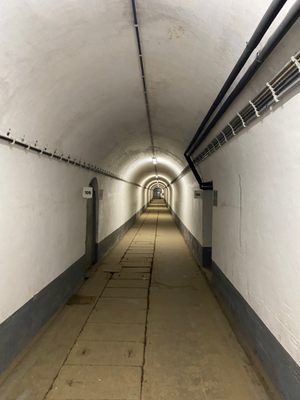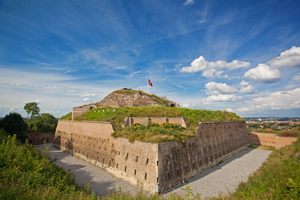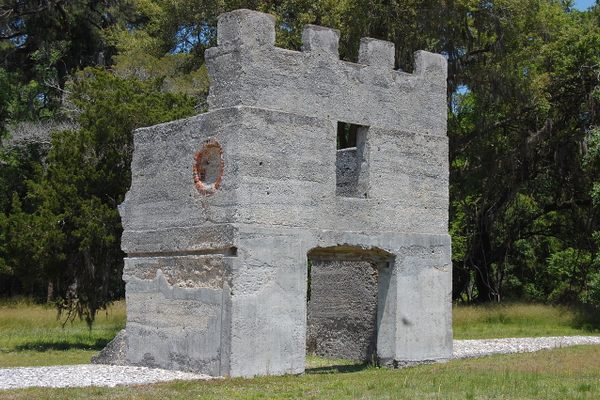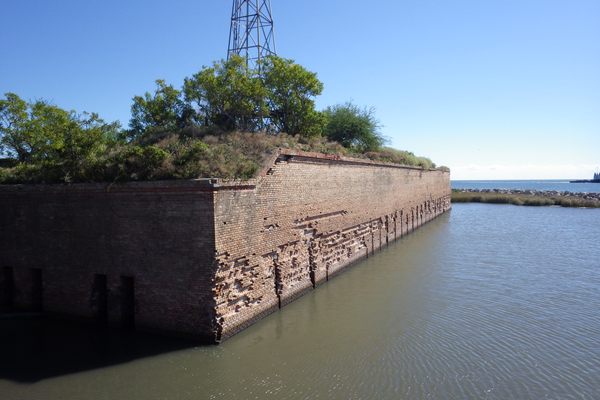About
Fort Eben-Emael was originally built as a part of the Belgian defense network prior to World War I, but it was the expansion of the site before World War II that gave it a reputation as being impenetrable (a reputation that proved incorrect) but today it is an empty shell of its former imposing image.
Situated on the Dutch-Belgian border at one of the only strategically viable invasion points along the border, the fort was built up in WWII to defend against Germans attacking from the Dutch side of the crossing. The fort consisted of 17 separate bunkers and a number of support buildings, all of which was spread across 750,000 square yards of land making it one of the largest military forts in Europe at the time. The bunkers were connected by miles of tunnels that created a small underground city which not only made it harder to attack from the outside, but also ideal for defense against a prolonged siege.
At the height of its glory, the fort was known as the strongest in the world, but it was still not quite strong enough to stop the Nazis as the defenses were eventually broken down by German forces in 1940. Troops dropped in from above with the use of gliders and systematically destroyed the outer defenses with explosives and flamethrowers. After that, a ground force marched in and trapped the soldiers in the tunnels beneath the fort. The taking of the Eben-Emael was seen as a rousing victory for Hitler's army, and the Belgian army never quite got their footing back during the war.
Today the concrete fortress is still owned by the military but has been disused since the war. Visitors can now tour through the empty bunkers and stare down the weapons and defenses that were once thought to be unbeatable. Portions of the tunnels and underground are also open with some of the domestic areas reconstructed to look like they did in the site's heyday.
Related Tags
Know Before You Go
It's near the Dutch City Maastricht. On the boarder of Netherlands-Belgium,
Published
October 15, 2014































